24 Restaurant Positions and Their Roles Explained
Whether you’re looking to hire employees for a fine dining establishment, a fo...
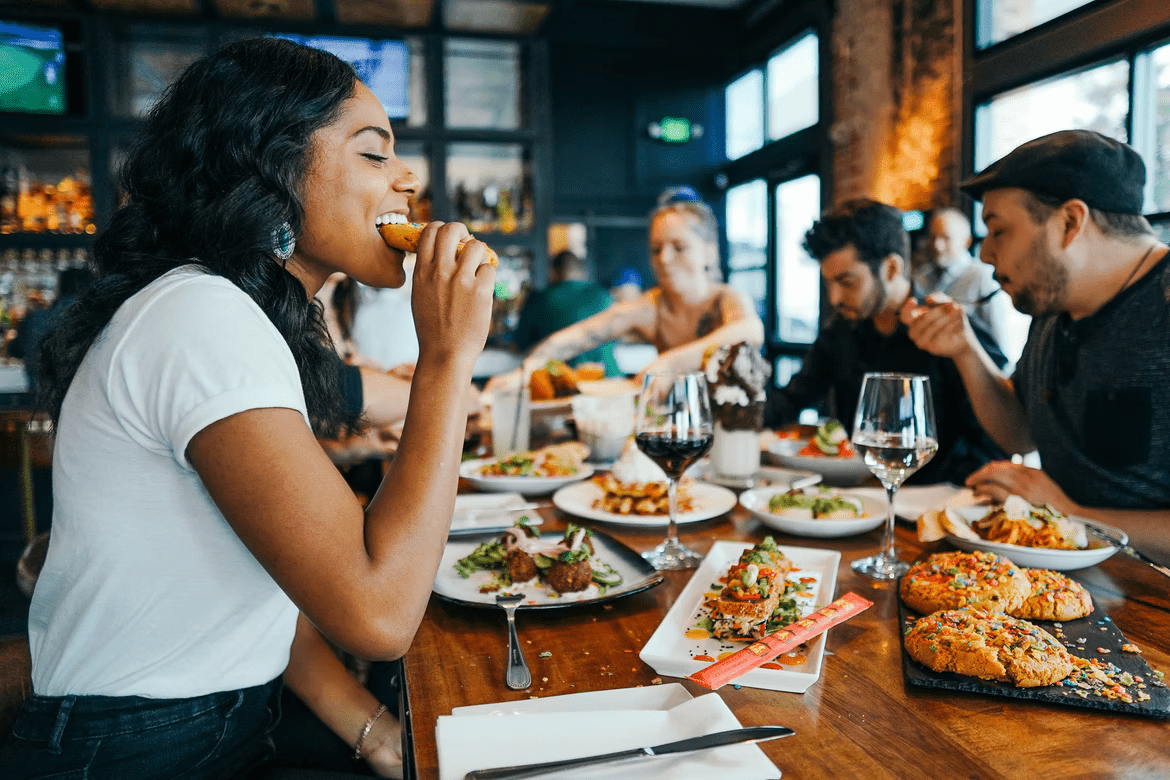
Looking for a way to increase profits, get control of expenses, and keep your bottom line in the black? The solution is simple: Calculate your restaurant’s food cost percentage.
In this article, we take an in-depth look at why this food cost number matters for your restaurant, how to calculate it, and the best way to optimize for success.
At its most basic, food cost percentage is the total cost of the ingredients your restaurant uses to create each menu item compared to the total food sales over a specific period of time (e.g., one week).
The easiest, and most common, way to look at this important metric is as a ratio:
Total Cost Of Ingredients / Total Food Sales
Once calculated, this ratio results in a decimal number you can round off to two places and multiply by 100 to produce a percentage (e.g., 0.26 x 100 = 26%).
If that percentage is positive (which it should be in the majority of cases), it tells you how much profit you’re making on your food above the cost you paid for all the ingredients.
If that percentage is negative, it tells you that you are drastically undercharging for your food and, basically, giving it away for free. Even if your food cost percentage is in the single digits, you always want it to be positive instead of negative.
With that understanding, let’s explore why food cost percentage is so important for your restaurant’s success.
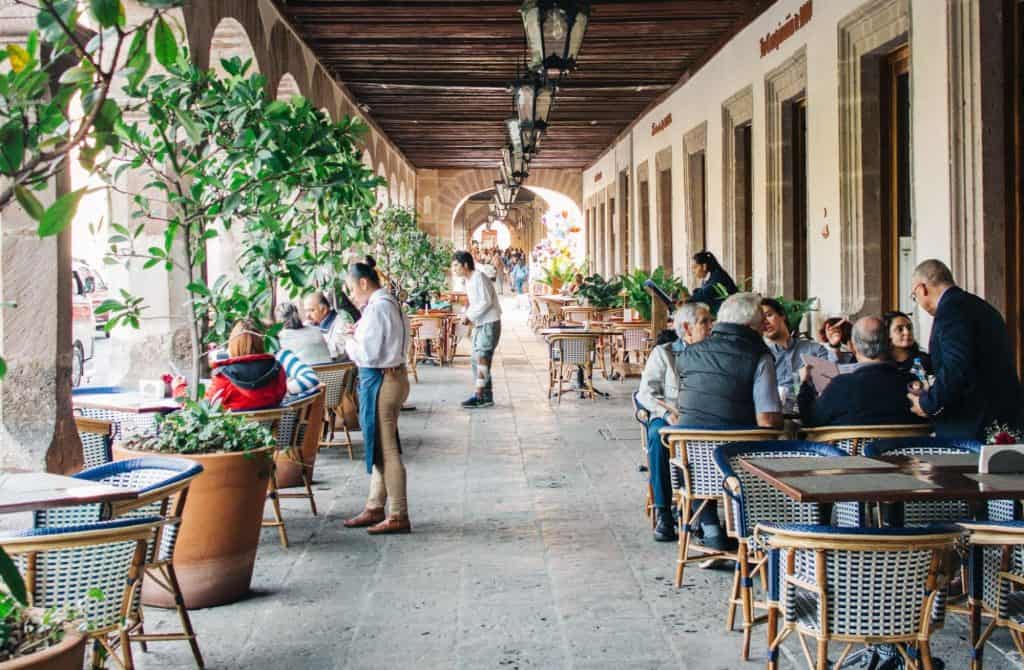
While serving delicious food is certainly important, it’s not the only (or even the most) important metric for success in the restaurant industry.
Success also depends on paying attention to the business side of things, where food cost percentage is king. Keeping a close eye on this number is crucial because it directly affects your restaurant’s ability to stay profitable, set fair prices, and avoid unnecessary waste.
Food cost percentage is essential for managing profitability and other aspects of your restaurant’s financial health. Why? Because food costs are one of the biggest expenses for any restaurant, right alongside things like rent and employee wages.
If the percentage of money you spend on ingredients is too high, it means your restaurant isn’t making enough profit from each dish sold.
By keeping a tight control on this cost, you can ensure your operation has a healthy profit margin, which is the money left over after all expenses are paid.
A lower food cost percentage allows you to reinvest in the business, pay your staff well, and handle any unexpected costs that come up.
Knowing the food cost percentage for your operation (and for individual dishes and food items) is vital for setting menu prices. You can’t just guess how much to charge for a dish; you have to base the price on real numbers.
By calculating the exact cost of the ingredients in a single dish, you can set a price that covers the cost of the food and also leaves room for profit.
For example, if you have a target food cost percentage of 30%, you can work backward to figure out that the price of a dish should be about three times the cost of its ingredients.
This method helps you set prices that are not only profitable but also competitive with other restaurants in the area.
A high food cost percentage can also be a clear warning sign that there are problems with waste or efficiency.
Using more food than expected can happen for a variety of reasons. Maybe your kitchen staff are accidentally dropping or spoiling ingredients. Or, maybe they’re putting too much food on each plate (a problem called over-portioning).
Regardless of how it’s happening, you can take steps to reduce the waste, but only once you’ve identified that there’s a problem. And, it all starts with calculating your food cost percentage.
In some cases, a high percentage could even signal a more serious problem like theft. Regularly checking the food cost percentage helps you spot these problems early, allowing you to fix them before they get out of hand.
Prices for ingredients can change a lot (and often unexpectedly) from month to month, week to week, and even day to day.
Regularly tracking your overall spend using the food cost percentage metric can help you spot these changes and make corrections to stay profitable.
If your food cost percentage starts creeping up, it might be a sign that your supplier has raised their prices. Knowing this allows you to talk to your suppliers about better prices or find a new one entirely.
This ensures you’re always getting the best deal and not letting outside forces hurt your bottom line.
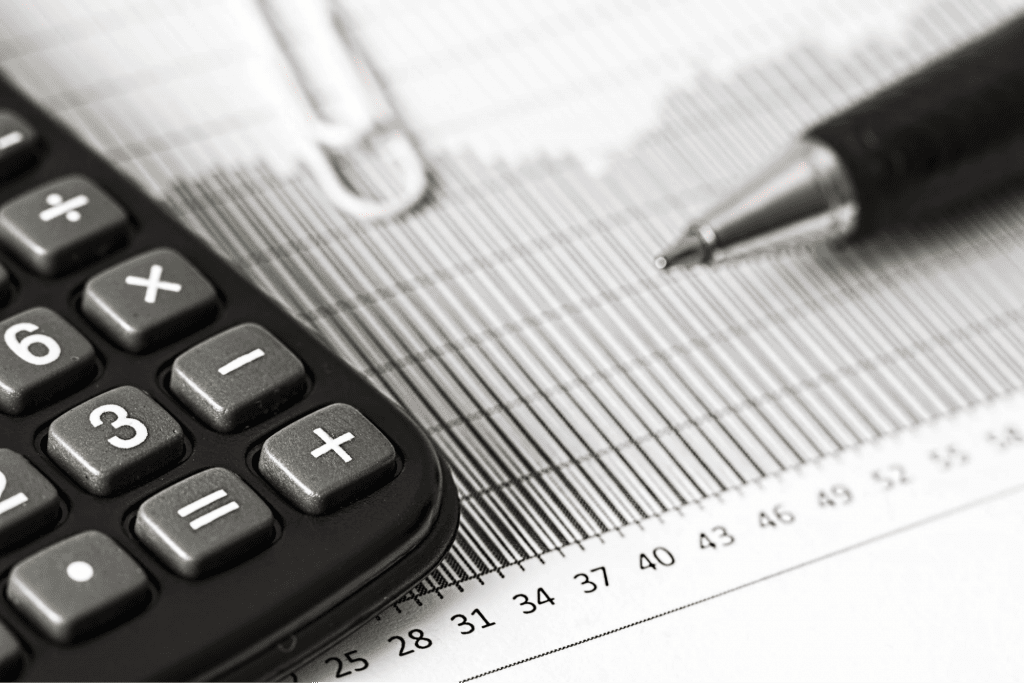
For most full-service casual and fast casual restaurants, 28-32% (0.28-0.32) is a good food cost percentage.
That said, the ratio that is right for your restaurant may be completely different from the ratio that is right for another restaurant. “Good” depends on the type of food served, the costs of operating the restaurant, and a host of other variables.
If this is your first time incorporating these numbers into the way your restaurant works, set a goal to fall between 28% and 32% and then tweak things in your operation to push the percentage up or drop it down.

Before you can figure out your actual food cost percentage, you need to do some preparatory work to find out how much your business spends on food and how much it uses every week.
For more information on inventory procedures for all types of businesses, check out these articles from the Sling blog:
Step One: Take inventory of all the food supplies you received at the start of the week. Calculate a total dollar amount spent for each type of food (e.g., chicken, fish, beef, carrots, onions, lettuce, etc.).
Step Two: Add up all the numbers from step one to arrive at the total food cost for the week. This will be your Beginning Inventory.
Step Three: Note any food Purchases you make after taking inventory.
Step Four: Take inventory at the beginning of the following week using the same process you used in step one. This will be your Ending Inventory.
Step Five: Determine total food sales per shift using your POS system and then add all those sales together into one big number. This will be your Total Food Sales.
Step Six: Calculate actual food cost percentage using the following formula:
Actual Food Cost Percentage = (Beginning Inventory + Purchases – Ending Inventory) / Total Food Sales
Let’s conduct some calculations using an example and some hypothetical numbers.
Plugging those numbers into the equation, we get:
Actual Food Cost Percentage = ($20,000 + $5,000 – $21,000) / $15,000
Actual Food Cost Percentage = $4,000 / $15,000
Actual Food Cost Percentage = 0.27
This tells you that you are making 27% (0.27 x 100) above your total food cost.
You could also perform this calculation for each menu item (e.g., pepperoni pizza, Caesar salad, spaghetti with meat sauce, etc.) and even each food item (e.g., chicken, fish, beef, carrots, onions, lettuce, flour, sugar, etc.) if you wanted to gain more insight into your food costs.
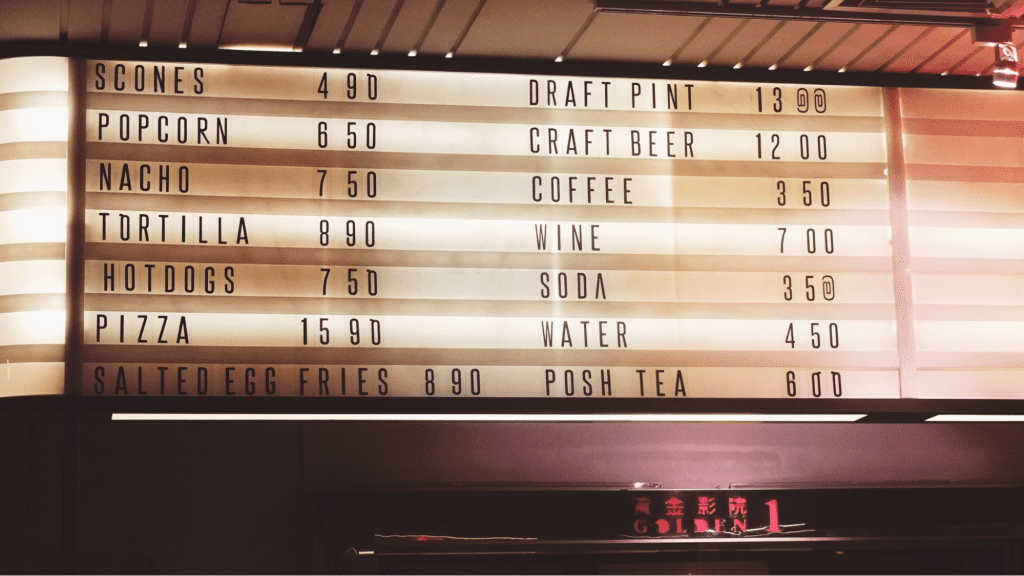
Raising your menu pricing — even just a few cents — can have a dramatic effect on your food cost percentage.
It may not seem like much at first, but when you multiply those few cents by the number of items you sell in a shift, in a day, and in a week, it’s easy to see how a small bump in prices can evolve into bigger profits for your business.
For more information on getting the most from your menu, check out this article from the Sling blog: Restaurant Menu Pricing: 7 Tips To Maximize Profitability.
Menu engineering is the process of evaluating menu pricing and item placement in order to increase food cost percentage across the board.
The process is one part psychology and one part graphic design. These two variables combine in such a way as to guide your customers’ decision-making process and ensure that they select the most profitable items on your menu.
Want to investigate menu engineering in more detail? Take a few minutes to read this article from the Sling blog: Menu Engineering: What It Is And How It Can Increase Profits.
For a New-England-based restaurant, serving a tomato-based or zucchini-based dish (for example) in the late summer is the perfect mix of timing and ingredients.
This veg is in full bloom and available everywhere you look. Because they’re so plentiful, you can get them cheap and in large quantities — neighbors may even give them away because they have so many.
Come mid-winter, though, the local supply has run out. Continuing to serve the tomato or zucchini dish means the produce has to be shipped in from a warmer climate. It also means that the price you pay for that veg goes up and your food cost percentage goes down.
You can avoid this rise in price by adapting your menu with the seasons, buying locally, and using ingredients that are plentiful where you live.
For a week or two, keep an eye on the dishes you serve. Are certain ones coming back half-eaten or carted away in to-go boxes?
If so, you may want to consider reducing portion size until there’s little to no waste to throw away or leftovers to cart away. This will help you reduce the total cost you spend on food over that same period of time.
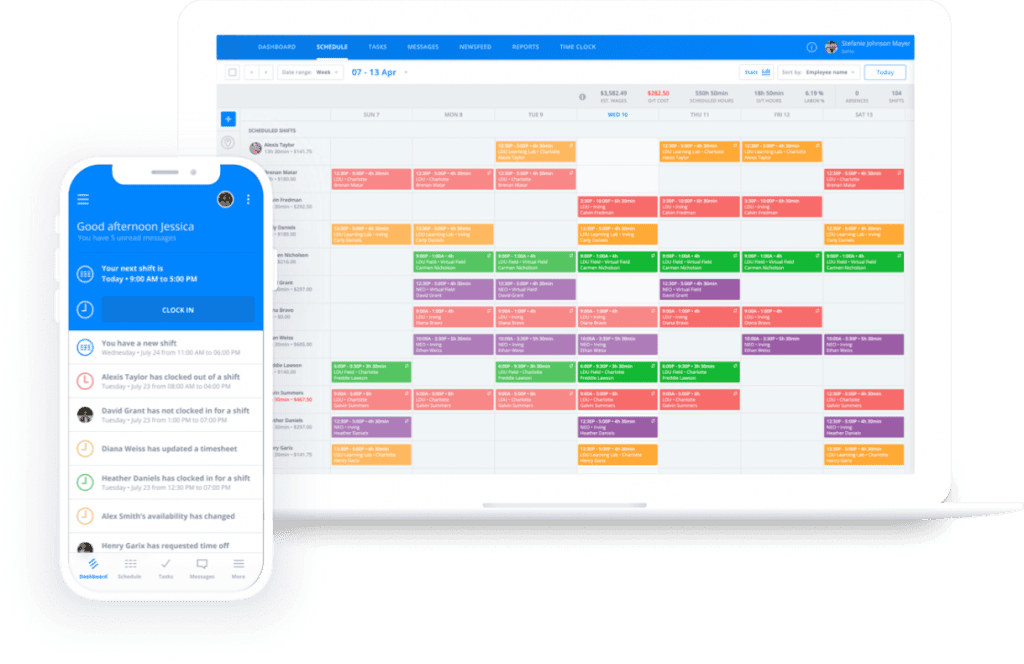
In the past, managing all the data from your restaurant took a lot of time. But today, technology can make it much easier. Point-of-Sale (POS) systems and inventory management software can do a lot of the work for you.
These systems can track every sale and tell you exactly which dishes are selling the most. They can also automatically update your inventory every time you use an ingredient. Some of these systems can even tell you when you need to order more food.
With the right systems in place, the software can even show you in real-time what your food cost percentage is for a specific dish or for the whole week.
Having this kind of information at your fingertips helps you make smarter choices about what to buy, what to sell, and how to price your menu.
For a restaurant, wasting food is like throwing cash in the garbage. It can be a very big problem, or it can be a big chance to save money.
First, make sure your staff know how to handle and store food correctly. Teach them how to properly seal bags, label containers with dates, and put food in the right places (like the refrigerator or freezer). This keeps food fresh for as long as possible.
Second, get creative with your leftovers. For example, if you have vegetable scraps like carrot tops or onion skins, don’t throw them out. Use them to make a rich, flavorful vegetable soup stock. If you have extra bread, turn it into croutons or breadcrumbs.
Take the time to think of new ways to use ingredients. Doing so means you’ll get more value out of every item you buy.
Building a good relationship with your suppliers can save you a lot of money in the long run. Don’t be afraid to talk to them and negotiate prices. They want your business just as much as you want theirs, so they might be willing to give you a better deal. It never hurts to ask.
Also, it’s a good idea to check prices with a few different vendors every so often. You might find a better deal somewhere else.
You could also consider joining a group purchasing organization. This is a group of businesses that all buy their food from the same place.
Because the group is buying so much together, it gets a better price than any single business could on its own. It’s like buying in bulk but with many different restaurants sharing the purchases.
If you imagine your pantry is like a bank account and every ingredient is a ten-dollar bill, it’s easy to see just how important it is to control your inventory.
A good way to improve your inventory management is to set up a system to track all the food coming in and going out of your stores. You can use a notebook, spreadsheet, or computer program. The important thing is to know what you have, what you need, and what you’ve used.
One of the most important rules for effective inventory management is called FIFO. This stands for “First-In, First-Out” and refers to the basic idea that the first food you get should be the first food you use.
From a storage and use standpoint, this means putting newer ingredients behind older ones on the shelf and always pulling from the front. For example, if you get a new box of tomatoes on Tuesday, make sure you use the box from Monday first.
Operating under a FIFO process like this stops food from going bad before you can use it, which is a huge waste of money. It’s a simple change that can save a lot of money.
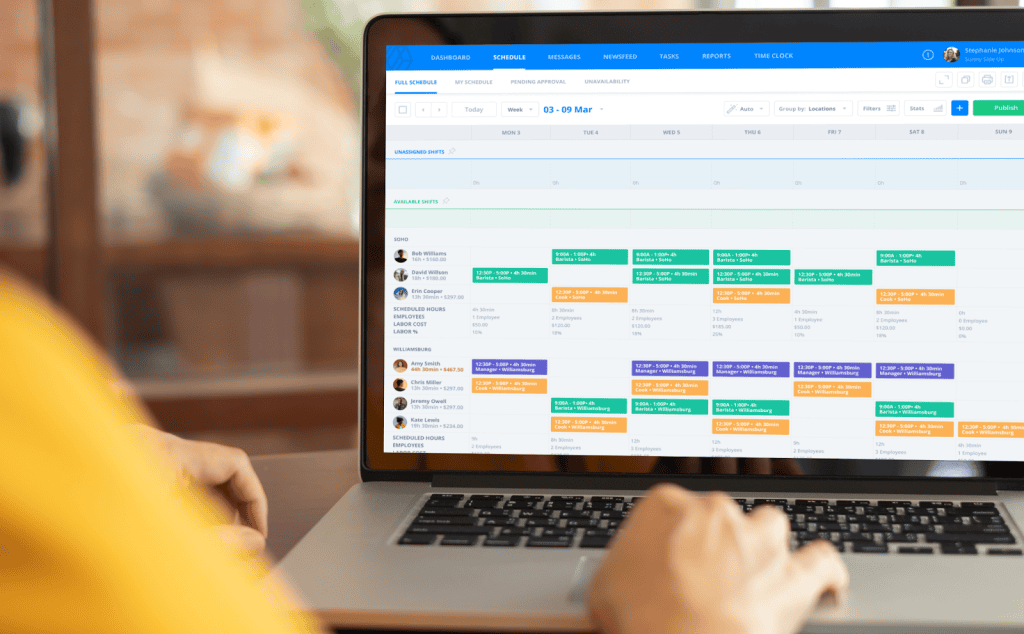
For restaurants, one of the largest expenses you’ll have to deal with is food cost percentage (itself a part of prime cost). The other major expense for most restaurants — and businesses of all types, actually — is the costs associated with labor and payroll.
Getting control of the materials side of your prime cost is largely about perfecting your menu and bringing order to your inventory system.
Labor and payroll, though, are a bit more difficult to handle. That’s where the Sling app comes in.
Sling’s labor costs feature gives you the ability to optimize your payroll as you schedule so that your spending doesn’t get out of control. You can set wages per employee or position and see how much each shift is going to cost.
Sling also helps you keep track of your labor budget and will alert you when you’re likely to exceed the numbers you’ve set. Sling will even notify you when you’re about to schedule someone into overtime so that you can make the necessary changes.
And that’s only one of Sling’s many features that will streamline and simplify the way you organize, manage, and optimize your workforce.
So get control of the costs in your business — including food costs percentage — with help from the Sling suite of cloud-based scheduling, time-tracking, communication, and task-management tools.
For more free resources to help you manage your business better, organize and schedule your team, and track and calculate labor costs, visit GetSling.com today.
This content is for informational purposes and is not intended as legal, tax, HR, or any other professional advice. Please contact an attorney or other professional for specific advice.
See Here For Last Updated Dates: Link
To reduce food waste, offer smaller portion sizes and create daily specials using ingredients you already have. Be hyper-vigilant about monitoring food use. With that information, you can plan better, order less food, and dial in your recipes to eliminate waste.
The 30/30/30/10 rule is a budgeting guideline where 30% of revenue goes to food costs (determined by your food cost percentage), 30% goes to labor, 30% to overhead, and the remaining 10% goes to profit.
Keep in mind that this is an ideal framework and that the exact numbers that work for your restaurant may be different.
Schedule faster, communicate better, get things done.